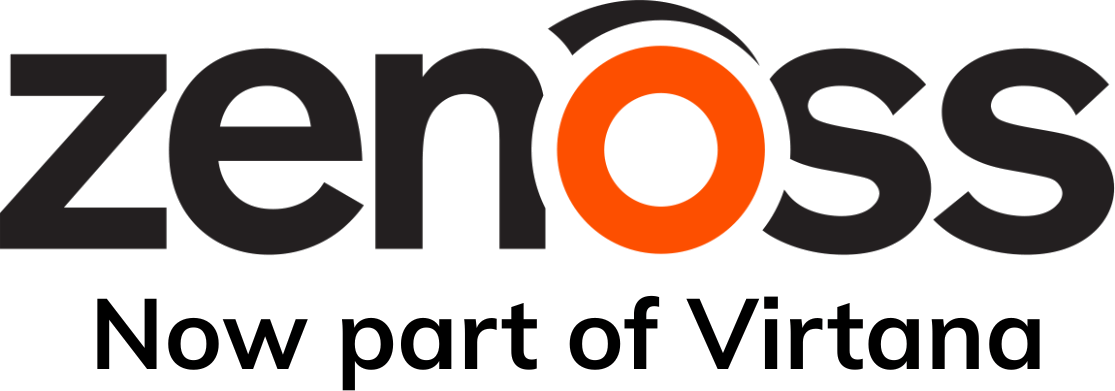 IT teams today are embracing automated processes for everything from employee self-service to application provisioning.
IT teams today are embracing automated processes for everything from employee self-service to application provisioning.
In the second part of this two-part series (with accompanying video) we’ll show you how Zenoss can help you deliver service automation benefits in your organization. You can see how four cloud systems – ServiceNow, Chef, Amazon EC2, and Zenoss-as-a-Service – can tie together to provide automated, service centric management, as well as see a practical, real-world example of IT automation.
Part 2 – Detecting and Managing Incidents
In part 1 of this series, we showed you how Zenoss, ServiceNow, and Chef could work together to deploy a fully customized, ready-to-run application service on Amazon EC2. Now let’s drill in and see how to automate problem detection and incident management.
At the end of Part 1, you saw how our end-user customer ended up with a working SugarCRM application, backed by a database server and a web application server. All of this was delivered through a ServiceNow managed workflow, including setting up custom monitoring for the application.
Now let’s see how incident management can be automated. …
Creating an Incident
Time to break something!
In our demonstration video, we logged into the database server and stopped the database service. With the database down, the application failed and displayed an error message instead of a login screen.
Although this seems pretty straightforward, this is actually a challenging thing to diagnose for a simple device monitoring system, since both the database server and the web application server are still running fine. We know that the database itself is stopped, but the end user would report an application failure, or maybe a web server failure. How can our automated incident management system quickly find the root cause and get the right people involved so we can fix the problem rapidly?
Identifying the Root Cause with Zenoss
Zenoss detected no failures on the servers themselves, but did note that both the web application and database were failing, generating events for the individual failures. The Zenoss Service Impact sorted this out and generated a service down event with the root cause identified.
Creating Bi-Directional Links Between Zenoss and ServiceNow
We chose to publish all the events into ServiceNow as incidents. It’s important to track all the incidents so we can roll them up into later problem management planning. In the video, you can see the bidirectional link between ServiceNow incidents and Zenoss events. The Zenoss event console is extended with a URL into the relevant ServiceNow incident, and a corresponding link in ServiceNow back to Zenoss is also created, so someone assigned to an incident can easily navigate to the raw information in the Zenoss system.
Because our initial orchestration workflow set up a Zenoss service and our ServiceNow CMDB is fully populated, an assigned specialist gets quite a bit more information than just an error message. They’ll be able to see which servers are part of the application, the customer who cares about the application, and get a root cause identifies for the application failure – not just a random event or two as a starting point.
Responding to the Incident
Restarting the database service shows the rest of the two-way incident management at work. After our administrator starts the service, the Zenoss database and application tests note that everything is working again and use automatic clear events to close out the error events. Zenoss automation delivers this update into the ServiceNow incidents, too, and their status is changed appropriately.
See It In Action!
Watch the Service Automation with Zenoss, Service Now, and Chef video to see a demonstration of how all the pieces fit together in a live, real-world scenario, from initial provisioning and establishment of the service through functioning incident management.
http://youtu.be/VxClKxhhE6w
To learn more about how you can use Zenoss to provide automated, service-centric management, Contact Us. We’d be happy to answer any questions you have about Zenoss and how you can use Zenoss in your environment.


 IT teams today are embracing automated processes for everything from employee self-service to application provisioning.
IT teams today are embracing automated processes for everything from employee self-service to application provisioning.






